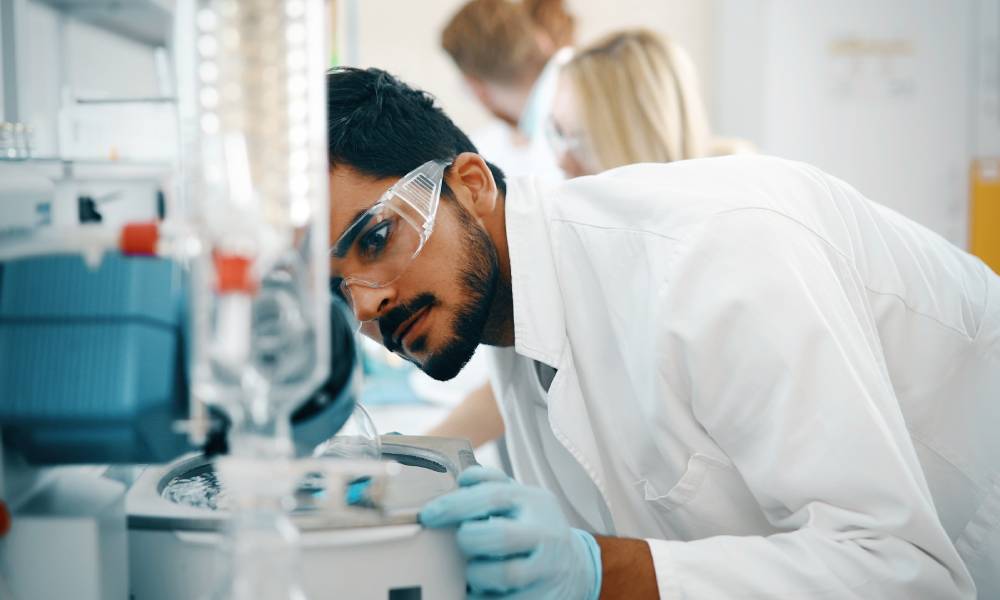5 Things Your Lab Should Do When Equipment Breaks

For laboratories, you need to have functional machines that allow associates to get their work done efficiently. However, there usually comes a point in every tool’s life where it experiences technical issues, which can make employees less productive. Learn about the five things your lab should do when equipment breaks to get it back to its normal pace.
Determine Why It Isn’t Working
The first step in dealing with broken equipment is determining the cause of the malfunction. Assess whether the problem is due to common issues such as a power failure, software glitch, or mechanical malfunction. Understanding the cause helps you resolve the issue and prevents future occurrences.
Let Your Employees Know It’s out of Order
Informing your team about the malfunction is crucial for safety and workflow continuity. Send a quick team-wide email or message with details about the issue and the expected downtime.
This helps your lab reallocate tasks and resources effectively, ensuring the disruption doesn’t significantly impact ongoing projects. In addition, place an “Out of Order” sign on the equipment that will prevent anyone from attempting to use it.
Try To Resolve the Issue Yourself
Something else your lab should do when equipment breaks is try resolving the issue yourself. Before calling for external help, attempt basic steps such as restarting the equipment and ensuring that all software updates are current.
Sometimes, simple fixes can resolve the problem without the need for costly repairs. If you have in-house technicians or experienced staff, involve them in these efforts. This approach can save both time and money and empower your team to handle minor issues independently.
Decide Whether To Have It Fixed or Replaced
If you can’t resolve the issue, evaluate whether it’s more financially viable for your lab to have a professional fix the faulty equipment or buy a new one. A replacement might be the more economical and reliable option in the long run, particularly for older equipment that frequently breaks down. If you decide to have it fixed, review what to look for in a lab equipment service provider to ensure you receive competent service.
Learn How To Avoid the Problem in the Future
Prevention is always better than a cure. After you have your equipment repaired, review your maintenance protocols to see how you can avoid similar problems.
Regular maintenance schedules, proper training for staff, and updating equipment according to the manufacturer’s recommendations can significantly reduce the risk of future breakdowns. Implementing a robust preventive maintenance plan ensures the longevity and reliability of your lab equipment.
Addressing equipment failures promptly minimizes disruptions and maintains the smooth operation of your lab. You will keep your employees productive so that your lab continues to function at its best.





